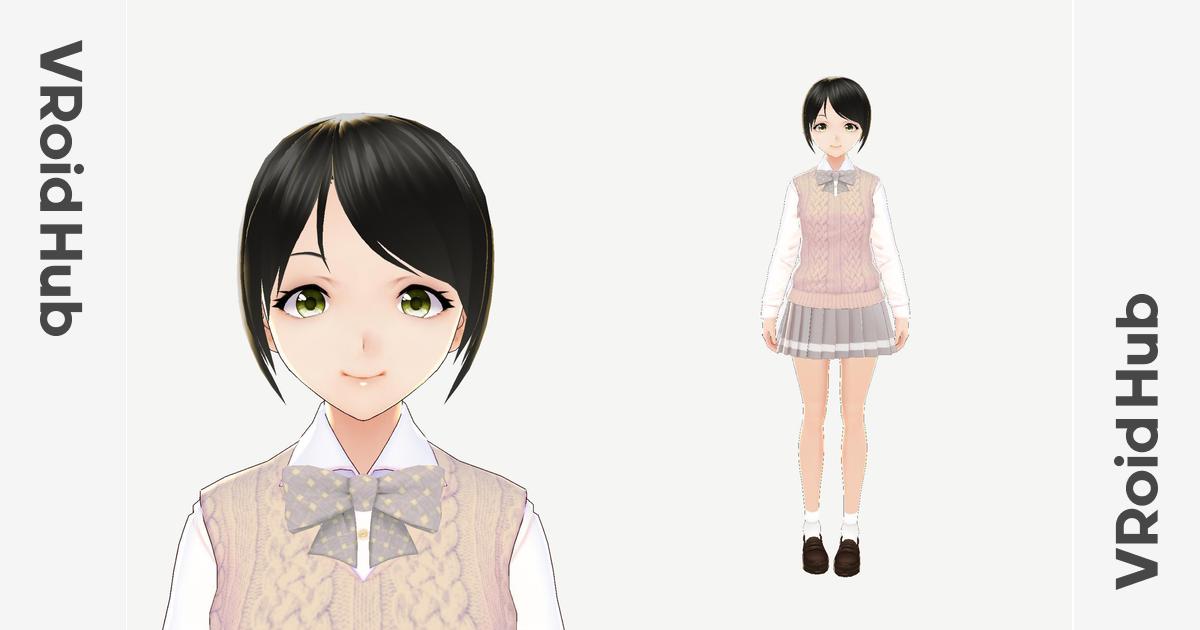Minata » Timeline. @minata. 3 weeks ago. comments: 0 Created a new Video: Creedence Clearwater Revival - Lookin Out My Back Door. @minata. 3 weeks ago. Minata - for those who aren’t afraid to explore infinite possibilities. Minata is a footwear company that offers an interesting alternative to traditional shoes. The founder, and our source of inspiration, believes that trails are meant to be explored, roads discovered, and everyone should embrace the opportunities to create the future they dream about. We came up with a brand purpose that. © 2003 - 2021 Talldude Networks, LLC. 2885 Sanford Ave SW #15132 Grandville, MI 49418 USA Jamroom.net is powered by Jamroom. Minoru Mineta, also known as the Fresh-Picked Hero: Grape Juice, is a supporting protagonist of My Hero Academia. He is a student in Class 1-A at U.A. High School, training to become a Pro Hero. He is voiced by Ryō Hirohashi in the Japanese version of the anime, and by Brina Palencia in the English dubbed version. 1 Appearance 2 Personality 3 Powers & Abilities 3.1 Quirk 4 Gallery 4.1 Images. Minamata disease, sometimes referred to as Chisso-Minamata disease, is a neurological disease caused by severe mercury poisoning.Signs and symptoms include ataxia, numbness in the hands and feet, general muscle weakness, loss of peripheral vision, and damage to hearing and speech.In extreme cases, insanity, paralysis, coma, and death follow within weeks of the onset of symptoms.
Features
A very exotic touch for sunny locations. Clivia’s bright, lily-like flowers add a bright touch and the broad, strappy foliage provides a very modern, architectural feeling. Clivia is native to South Africa and is related to another popular blooming houseplant, the Amaryllis.

Uses
Excellent grown in containers indoors or outdoors during warm weather.
Plant Feed
Clivia Miniata
Once every month during growing season.
Watering
Keep soil moist throughout growth and bloom season.
Soil
Minatanous
All-purpose potting mix.

Planting Instructions
Minatare Nb
If the plant was purchased in a pot, then it is probably already in a quality potting soil and requires little more than watering and grooming for a while.
If potting a flowering plant to bring indoors or to give as a gift plant, start with a good quality, commercial potting soil. These are usually lighter in weight than topsoil, sterile and pest-free. Many are available with a mild starter fertilizer in the mix.
Select a container with a drainage hole or be prepared to drill holes for drainage if there are none.
Prepare the container by filling with potting soil up to 2” (5cm) from the rim of the planter. Make a small hole in the soil slightly larger than the root ball either by hand or using a trowel. Insert the plant into the hole and press soil firmly around the roots and just covering the root ball. When all the plants are potted, water thoroughly to settle the soil and give plants a good start. Place plant in bright location for best performance.
Repot every 2 years in the same container or in a container slightly larger than the diameter of the roots.
Minatare High School
Watering Instructions
Most potted flowering plants prefer consistently moist but well-drained soil. If the soil gets too dry the blooms can wilt and they may not recover. Check the soil moisture with your finger. If the top 2-4” (5-10cm) of soil is dry, or plants are wilted, it is time to water.
Apply water at the soil level if possible to avoid wetting the foliage. Water the entire soil area until water runs out the base of the pot. This indicates that the soil is thoroughly wet.
Fertilizing Instructions

Fertilizers are available in many forms: granulated, slow-release, liquid feeds, organic or synthetic. Determine which application method is best for the situation and select a product with a nutritional balance designed for foliage plants.
Too much fertilizer can damage plants so it’s important to follow the package directions to determine how much, and how often, to feed plants.
Slow-release fertilizers are an especially good, care-free choice for container plants. Follow the product directions for proper timing and application rates.
Pruning Instructions
Remove the flowers as they fade. This keeps the plant looking tidy and may encourage more blooms depending on the type of plant. After flowering many blooming plants make attractive houseplants. Be sure to trim the foliage to maintain the desired size and shape. Occasional trimming encourages the plant to develop more side-shoots and flowers, and reduces the demand for the plant to develop a larger root system. This is important since the roots are in a confined space.
Some plants will re-bloom on their own, but others may have very specific day-length or temperature requirements to flower again. A bit of research may be necessary to determine what is needed to encourage future blooming. Some plants, such as bulbs or perennials, can be turned into wonderful garden additions after the flowers have been enjoyed indoors.
Plant Details
| Available Colors: | Orange |
| Bloom Time: | Year round |
| Height Range: | 12-18' (30-46cm) |
| Space Range: | 12-15' (30-38cm) |
| Temperature Range: | 50° to 80°F (10° to 26°C) |
| Plant Light: | Bright Light |
| Companion Plants: | Crossandra, Brazilian Fireworks, Curcuma |
Availability
- Jan
- Feb
- Mar
- Apr
- May
- Jun
- Jul
- Aug
- Sep
- Oct
- Nov
- Dec
